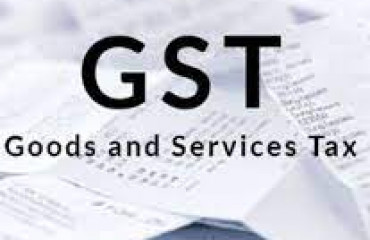
Transparency as to employee compensation leads to better taxation of employee incomes. The more complete the GST chain, the better eventual realisations of both direct and indirect taxes.
The spurt in both goods and services tax (GST) collections and issuance of e-way bills in November reaffirm economic recovery. GST revenues stood at over Rs 1.3 lakh crore, about 24% higher than those for November 2020, but trailed the April collections of Rs 1.40 lakh crore. A record 7.35 crore e-way bills were generated. However, the government is a long way from achieving the full potential of GST to raise taxes, in particular, direct taxes. This requires completing the GST chain, diligently following up the audit trails and deploying robust data analytics to track income escaping tax. With greater formalisation of the economy, more companies will report transactions transparently, pay tax, report their workers and pay their statutory dues.
Data released by the Comptroller and Auditor General of Accounts show that net direct tax collections grew by about 70% to touch Rs 6.4 lakh crore till October this year, better than the pre-pandemic level of 2019-20. But nearly two-thirds of the revenues come from indirect taxes that are regressive, underscoring the need to raise the share of direct taxes in total tax revenues. The way GST is structured, it is a tax on the value added by an enterprise.Tax paid divided by the rate of tax yields the value added. This value added necessarily breaks down into two components: gross profits and employee compensation. Gross profits are very different from taxable profits, of course. But once you have a fix on gross profits, there is only so much that can be done to reduce taxable profits.
Similarly, transparency as to employee compensation leads to better taxation of employee incomes. The more complete the GST chain, the better eventual realisations of both direct and indirect taxes.
